Global Market Comments
August 26, 2021
Fiat Lux
Featured Trade:
(GOOGLE’S MAJOR BREAKTHROUGH IN QUANTUM COMPUTING),
(GOOGL), (IBM)

Global Market Comments
August 26, 2021
Fiat Lux
Featured Trade:
(GOOGLE’S MAJOR BREAKTHROUGH IN QUANTUM COMPUTING),
(GOOGL), (IBM)

Mad Hedge Technology Letter
May 14, 2021
Fiat Lux
Featured Trade:
(THE GOLDEN ERA OF CYBERSECURITY SPEND)
(PANW), (FTNT), (CRWD), (AMZN), (GOOGL), (ORCL), (MSFT), (IBM)

The tech sector and the U.S. government are poised to engage in a more transactional relationship than ever before after the cybersecurity attack on Colonial Pipeline and the U.S. President’s executive order that followed it.
This doesn’t mean just servicing an email account, but this will incorporate broad-based networking cloud infrastructure from the top-down and the bits in between.
Technology is just getting too good, too fast, and applicable to the point that it allows nefarious actors to wield it in a way that could damage and permanently set back sovereign nations and global business.
Don’t get me wrong, this was already in the works, and U.S. President Joe Biden has signaled his intent to ramp up the IT spent, but this cyberattack that is causing gas hoarding in parts of South Eastern United States is just the event to really kick this initiative into overdrive.
Colonial Pipeline paid the almost $5 million ransom payment that will encourage similar type of behavior in the long-term.
The Cyberattack also means that the relationship between U.S. tech and government could swerve from net negative of a relentless anti-monopoly narrative to one in which big tech will be anointed as the saviors to the foreign cyber-criminals and paid handsomely to defend the operations of private and state U.S. business.
The latter sounds much better to Silicon Valley than the former and the bigwigs in Silicon Valley might ostensibly push this marketing dynamic of internet protection to save their bacon and get the regulatory heat off their back.
Polarizing figures such as U.S. Senator Elizabeth Warren have made it a point to bash big tech whenever she sees fit which is more often than not.
CEOs like Facebook’s Mark Zuckerberg have tried a disingenuous approach of blaming China’s marginal data privacy policies as a way to protect its Instagram business and prevent growth monster TikTok, a Chinese app, from cannibalizing its cash cow business.
The origin of the Colonial Attack is purportedly to be Russian which would offer more fuel to the fire and create a ready-made reason for U.S. government to pour incremental billions into Silicon Valley and its array of almost multi-trillion dollar heavy hitters while protecting their business moat.
This event also means Tesla is toast in China.
Officials in China banned Tesla vehicles from military bases and housing compounds amid concerns that potentially sensitive data from its onboard cameras could be collected and stored on Tesla servers.
Once the data privacy genie is out of the bottle, it’s hard to contain the fallout and Tesla will need to adopt a whack-a-mole strategy in China which often proves futile in the long-term.
The United States faces persistent and increasingly sophisticated malicious cyber campaigns that threaten the public sector, the private sector, and ultimately the American people’s security and privacy.
This is all just the beginning, a little taste of what’s on the menu.
Collaborating with U.S tech companies to improve its efforts to identify, deter, protect against, detect, and respond to these actions and actors is now a must.
The Federal Government must also carefully examine what occurred during any major cyber incident and apply lessons learned.
Incremental improvements will not offer the security Americans need; instead, the Federal Government needs to make bold changes and significant investments in order to defend the vital institutions that underpin the American way of life.
It’s the authorities’ job and to offer resources to protect and secure its computer systems, whether they are cloud-based, on-premise, or hybrid.
The scope of protection and security must include systems that process data (information technology (IT)) and those that run the vital machinery that ensures our safety (operational technology (OT)).
Contracts will be signed with IT and OT service providers to conduct an array of day-to-day functions on Federal Information Systems. These service providers, including cloud service providers, have unique access to and insight into cyber threat and incident information on Federal Information Systems.
Increasing the sharing of information about such threats, incidents, and risks, and enabling more effective defense of agencies’ systems and of information collected, processed, and maintained by or for the Government are necessary steps to accelerating incident deterrence, prevention, and response efforts.
The executive order signed by Biden shows that within 60 days, the Director of the Office of Management and Budget will hash out “language for contracting with IT and OT service providers and recommend updates.”
The U.S. must take decisive steps to modernize its approach to cybersecurity and must increase the Federal Government’s visibility into threats while protecting privacy and civil liberties.
Money will be spent to accelerate movement to secure cloud services, including Software as a Service (SaaS), Infrastructure as a Service (IaaS), and Platform as a Service (PaaS); centralize and streamline access to cybersecurity data to drive analytics for identifying and managing cybersecurity risks; and invest in both technology and personnel to match these modernization goals.
Prioritizing money spent on addressing “critical software” will translate into huge paydays to many cloud providers and not just the big guys.
Most recently, The Central Intelligence Agency awarded its long-awaited Commercial Cloud Enterprise, or C2E, contract to five companies—Amazon Web Services (AMZN), Microsoft (MSFT), Google (GOOGL), Oracle (ORCL), and IBM (IBM).
No doubt they will be vying for more government procurement contracts since they already have one hand in the honey jar.
At a lower level, readers should consider buying cybersecurity companies Fortinet (FTNT), Palo Alto Networks, Inc. (PANW), and CrowdStrike Holdings, Inc. (CRWD), but these smaller names come with more volatility.
This event really anoints the impending future as the golden era of IT cybersecurity spend and it will never go back to what it once was.
Paying for IT protection is here for the long haul and this goes for private companies and public institutions.
Nearly 80% of senior IT and IT security leaders believe their organizations lack sufficient protection against cyberattacks despite increased IT security investments made in 2020 to deal with distributed IT and work-from-home challenges, according to a new IDG Research Services survey commissioned by Insight Enterprises.
There will be a huge boom in IT cybersecurity spend because CEOs don’t want to be the idiot that allowed cybercriminals to hijack their whole business.
That’s the fastest way to end a management career.
Last time I checked, it’s a hard slog up the corporate ladder to land a prime CEO gig and it’s not getting any easier.
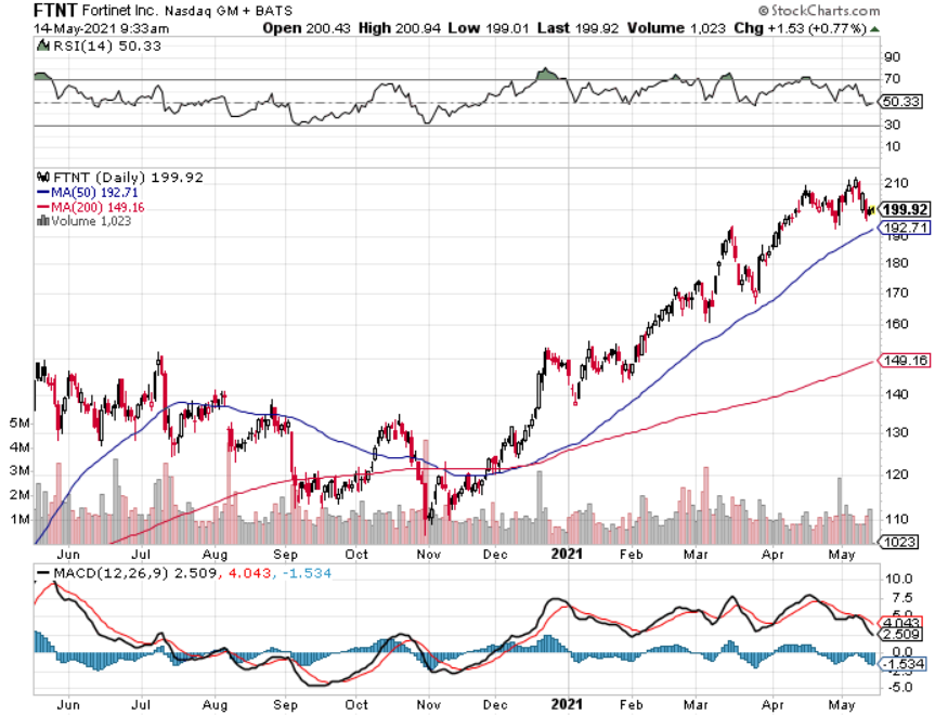
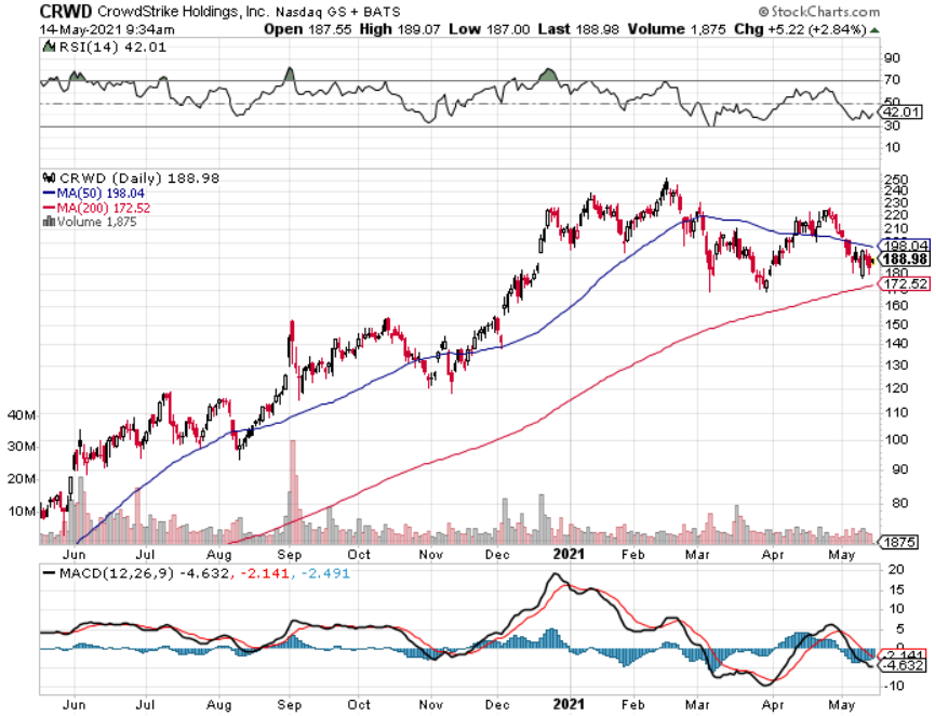
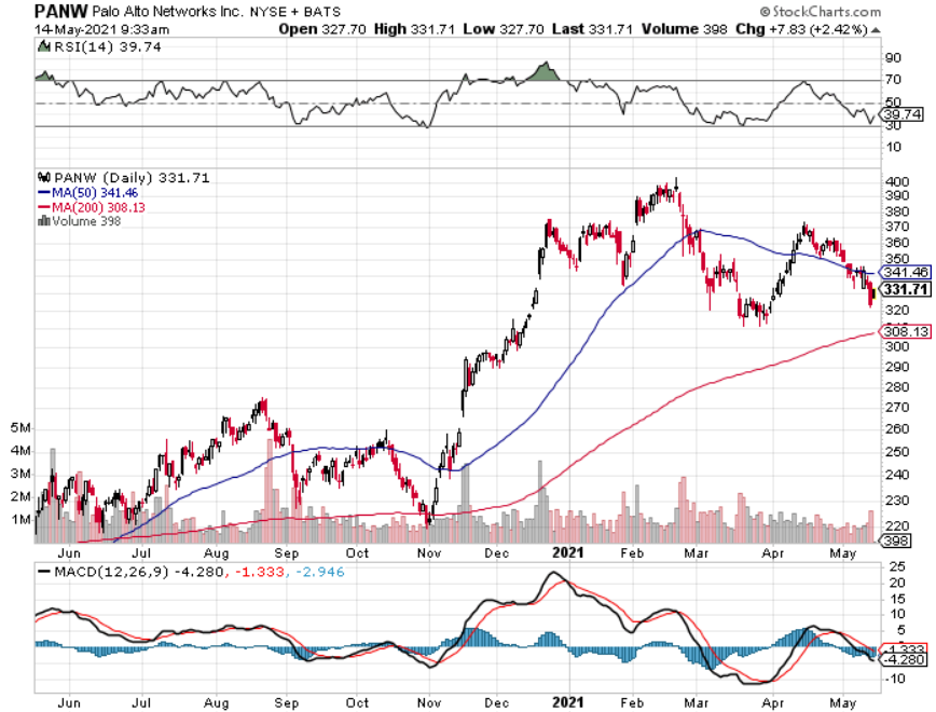
Mad Hedge Technology Letter
April 21, 2021
Fiat Lux
Featured Trade:
(BUY OR SELL FIRST QUARTER TECH EARNINGS?)
(IBM), (MU), (SAMSUNG), (ZM), (GOOGL)

We are on the cusp of tech earnings which could either take us on the next leg up or leg down.
Going off of data points that we are getting from around the world, it’s clear that the secular bull market in big technology is as healthy as ever.
A few weeks ago, South Korea’s behemoth Samsung Electronics sounded off when it said first-quarter profit likely rose 44% because of the surge in sales of smartphones and TVs.
The work-from-home economy has made technology stocks the ultimate winner and now we need to assess what will happen to these very stocks in 2021.
Many analysts out there see an ongoing correction in names such as videoconferencing software company Zoom (ZM) which is going through a drawn-out consolidation phase after hyper-growth in their products last year.
That is not a bad thing, but frustrating in the short-term.
Tech stocks are renowned for getting ahead of itself.
Waiting for tech stocks to grow into their valuation is no fun, however, ultimately, there is an avalanche of money piling into this sector because it is fundamentally underpinned by cash cow secular trends.
Part of that thesis also is applied internationally to giants like Samsung, the South Korean technology giant forecast January-March operating profit at $8.32 billion.
Samsung’s flagship Galaxy S21 smartphone series outsold the previous version by a two-to-one margin in the six weeks since its January launch.
Profit in Samsung’s television set and home appliance business also likely more than doubled due to continued stay-at-home demand.
Cross-town TV and home appliance rival LG Electronics announced its largest-ever preliminary quarterly operating profit for January-March.
The secular health is not only confined to Korea, as U.S. memory chip peer Micron Technology last month forecast third-quarter revenue above analyst estimates due to rising demand brought about by a global shift to remote work.
The price of DRAM chips widely used in laptops and other computing devices rose 5.3% in January-March from the previous three months.
Samsung will invest about 10 trillion won in its chip contract manufacturing business this year, compared to about 6 trillion won last year.
In addition to the performance, regulation is now set to offer another helping hand to U.S. tech with two top White House aides hosting a meeting on how to better equip the state of the U.S. supply chain.
Samsung is considering a new $17 billion chip plant in the United States.
On the night before an earnings flurry, we also got word from IBM that they finally reversed 4 years of declining revenue to post 1% revenue growth.
Like many big tech groups, IBM has jumped on the bandwagon of clients digitally transforming their businesses, using hybrid cloud and AI to capture new growth opportunities, increase productivity and create operating flexibility.
Their revenue performance this quarter reflects this. Global business service (GBS) cloud revenue growth accelerated to almost 30%, doubling its growth rate from the prior quarter with strong growth across the portfolio.
The numbers reflect expanding practices with ecosystem partners like Salesforce and Adobe and strong momentum in their acquisition of Red Hat.
IBM has doubled the number of Red Hat client engagements from the prior year to over 150, working with companies such as HBO, Marriott, Vodafone, and Honda.
They’ve now signed $2 billion of business in their Red Hat practice inception to date.
Across these, IBM's cloud revenue was up 18% in the quarter and over the last 12 months and now stands at over $26 billion for the last year.
Like many other tech firms, employment hiring is expanding with IBM hiring thousands of people in the past quarter.
Like other firms as well, M&A is an often-utilized growth strategy with IBM closing on six acquisitions since mid-December.
They are adding go-to-market and delivery capabilities in GBS, and technical skills in Red Hat. And they’re increasing R&D in areas like AI and quantum to drive innovation.
Across cloud and cognitive software, IBM continues to increase subscription and support renewal rates, driving the record deferred income levels.
Red Hat continued solid performance with normalized revenue growth of 15%, led by Red Hat Enterprise Linux and OpenShift, both of which continue to gain share.
Even IBM, the laggard of tech, is improving their balance sheet by whittling down $3 billion from year-end, their debt was down $5 billion. They have now reduced debt by about $17 billion from the peak.
IBM even still delivers shareholders a nice dividend.
The takeaways from IBM and Samsung will largely apply to many of the tech companies that are about to report earnings.
Hiring is up because the business is doing so well.
Even if these legacy operations are only growing minimally in IBM, their cloud operations are far and away the highest growth element in their portfolio, and the performance of Red Hat indicates that.
The secular tailwinds are indeed helped by the business environment undergirded by a work-from-home assumption which is why companies like Samsung are posting record sales in tablets, smartphones, and can’t keep up with the demand for chips.
We are getting indication that much of the transformation into the 2020 digital economy is here to stay, but the issue in April is that although companies are as healthy as could be, firms are now facing Himalayan-like comparisons with last year.
Last year, April was a time when technology took off like a scalded chimp, and fast forward to 2021, many tech firms won’t be able to beat those year-over-year numbers they posted during peak lockdown business.
What I expect is for many tech firms to announce that comparisons were tough to beat because of a once in a 100-year event that locked down most of the world, but many tech firms will reaccelerate growth after a period of earnings consolidation.
Expectations have gotten a little stretched and outperformers like Alphabet (GOOGL) are already up 25% year to date, but I can argue that the guys at Google are making miracles and are surpassing even astronomically high expectations.
That won’t be the case for other tech companies that will need miracle performance to outdo exorbitant forecasts, but just quite aren’t there like Google.
Consolidation through sideways price action could take hold in the second quarter as many tech firms need time to recalibrate so they can reaccelerate in the second half of the year which they indeed will.
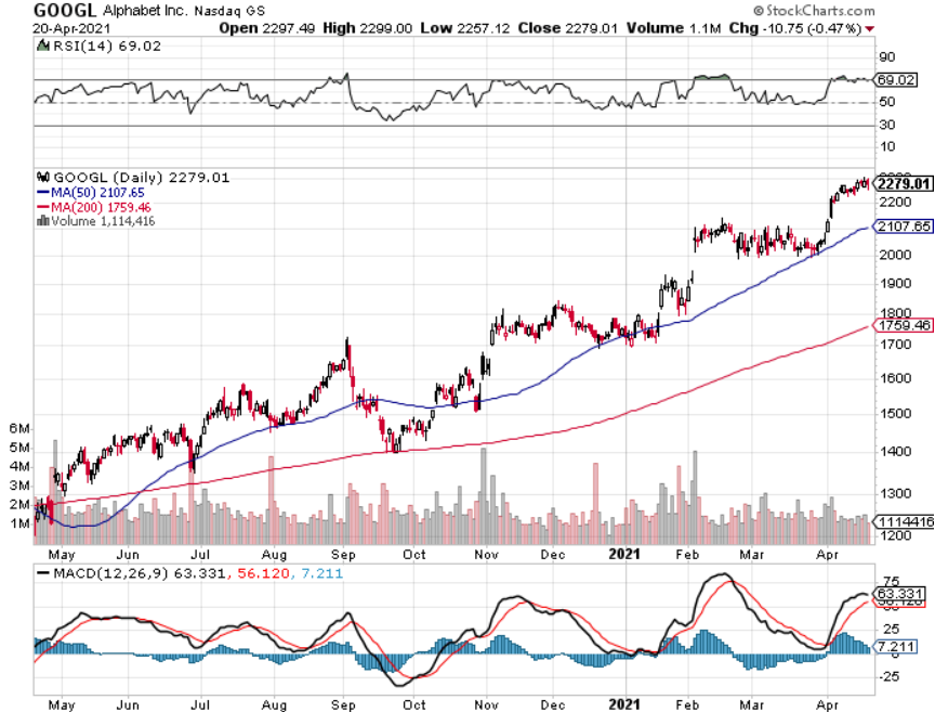
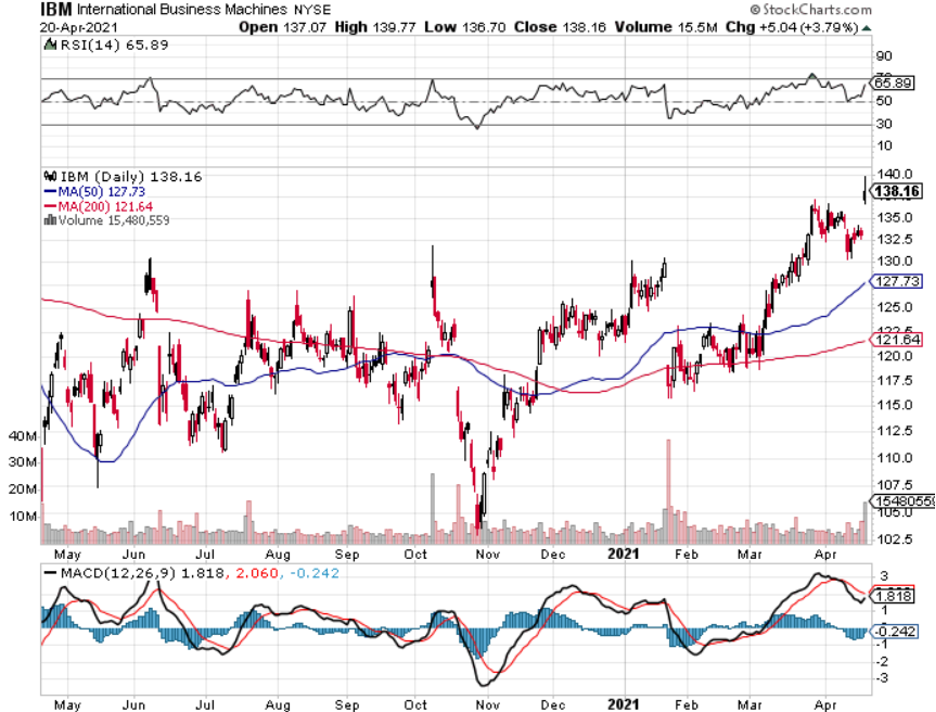
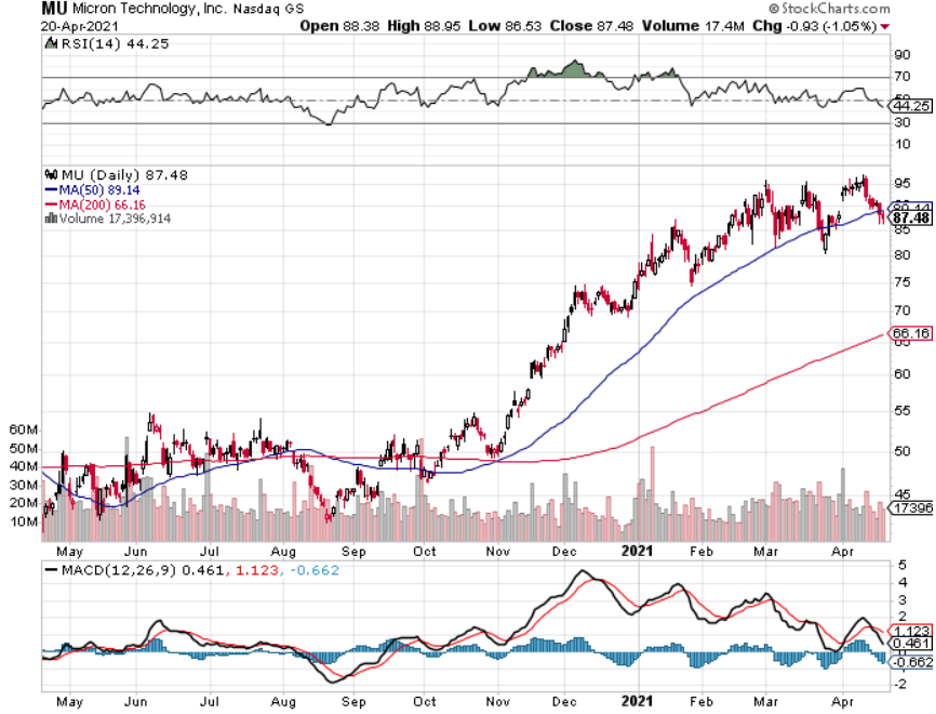
Mad Hedge Technology Letter
December 16, 2020
Fiat Lux
Featured Trade:
(THE NEW SALESFORCE)
(NOW), (CRM), (SAP), (ORCL), (IBM), (MSFT)

During Bill McDermott’s leadership as CEO, German software firm SAP's market value increased from $39 billion to $156 billion.
No doubt that this experience at SAP paved the way to become one of the fastest-growing major cloud vendors in 2020.
McDermott is now CEO of ServiceNow (NOW), a company that offers specific IT solutions. It allows you to manage projects and workflow, take on essential HR functions, and streamline your customer interaction and customer service. It does all of this, thanks to a comprehensive set of ServiceNow web services, as well as various plug-ins and apps.
Their market value has doubled to $100 billion and this is just the beginning.
ServiceNow almost doesn’t exist after numerous attempts to be acquired, like the time it was almost sold to VMware for $1.5 billion.
Company founder Fred Luddy, who is now chairman, and the board of directors were intrigued by the VMware offer, but venture-capital firm Sequoia Capital argued that $1.5 billion wasn’t a premium at that time let alone market rate for this burgeoning cloud player.
Then-CEO Frank Slootman was eventually replaced by former eBay Inc. (EBAY) CEO John Donahoe in February 2017, who took the company to $3.46 billion in annual 2019 sales.
Donahoe then bolted for Nike Inc. (NKE), and McDermott joined from SAP, locking in the firm for a new era of meteoric growth.
ServiceNow is now on its way to become the defining enterprise-software company of the 21st century and if you look at their position in the market today, they’re the only born-in-the-cloud software company to have surpassed $100 billion market cap without large-scale M&A.
This underdog cloud company whose automation software is deployed to improve productivity is leading to what is known as a “workflow revolution.”
Their set of software tools fused with the sudden emphasis on digital tracking of employees and business systems — has played into ServiceNow’s strengths.
The seismic shift is accelerating: By 2025, most of the millennial generation will work from home permanently, based on internal company reports.
It expects revenue of $4.49 billion in fiscal 2020 and still has a mountain to climb with revenue of just 20% of Salesforce, one-sixth of SAP, and one-ninth of Oracle Corp. (ORCL).
But ServiceNow is catching up as corporations and government agencies pour billions of dollars into their digital infrastructures.
So far, more than $3 trillion has been invested in digital transformation initiatives. Yet only 26% of the investments have delivered meaningful returns on investment.
This is launching the workflow revolution, where ServiceNow is the missing cog that can integrate systems, silos, departments, and processes, all in simple, easy-to-use cross-enterprise workflows.
A demand surge for “workflow automation” technology went parabolic in 2020 and is part of the puzzle helping ServiceNow sustain 25%-plus revenue growth.
ServiceNow most recently raised its full-year guidance after disclosing it has 1,012 customers with more than $1 million in annual contract value, up 25% year-over-year.
That included 41 such transactions in the third quarter, with new customers such as the U.S. Senate and New York City’s Mount Sinai Hospital.
ServiceNow raised guidance for the full year on subscription-revenue range to between $4.257 billion and $4.262 billion, up 31% year-over-year in constant currency.
The company has detailed a goal of $10 billion in annual sales as something feasible in the mid-term and its bevy of strategic relationships will help, like in July, Microsoft Corp. (MSFT) expanded its relationship with ServiceNow; shortly thereafter, Accenture (CAN) and IBM created new business units in partnership with ServiceNow to develop new opportunities.
In March, ServiceNow added a new computing platform, Orlando, that added artificial intelligence and machine learning that lets the MGM Macau casino resort, for example, use a virtual agent to automate and handle repetitive requests.
The integration of virtual agents will supplement casino employees with 24/7 support experiences when human staff is unavailable.
After hitting the $100 billion market cap, McDermott has identified M&A as the catalyst to take NOW higher with the CEO squarely looking at artificial intelligence targets.
ServiceNow has enabled firms to unite front, middle and back office functions, increasing productivity during this time period when speed and simplicity matter the most to digital customers.
I would describe NOW as a baby brother to Salesforce and its entrance into the first and most likely continuous acquisition cycle will most probably result in higher share prices.
ServiceNow turns out to be placed in the perfect position benefitting from Americans moving their careers online with the added effect of the broad-based secular digital migration to remote work.
As long as this firm is generating revenue in the mid-20% annually, it will be a constant buy-the-dip candidate for the foreseeable future regardless of whether there is a pandemic or not.
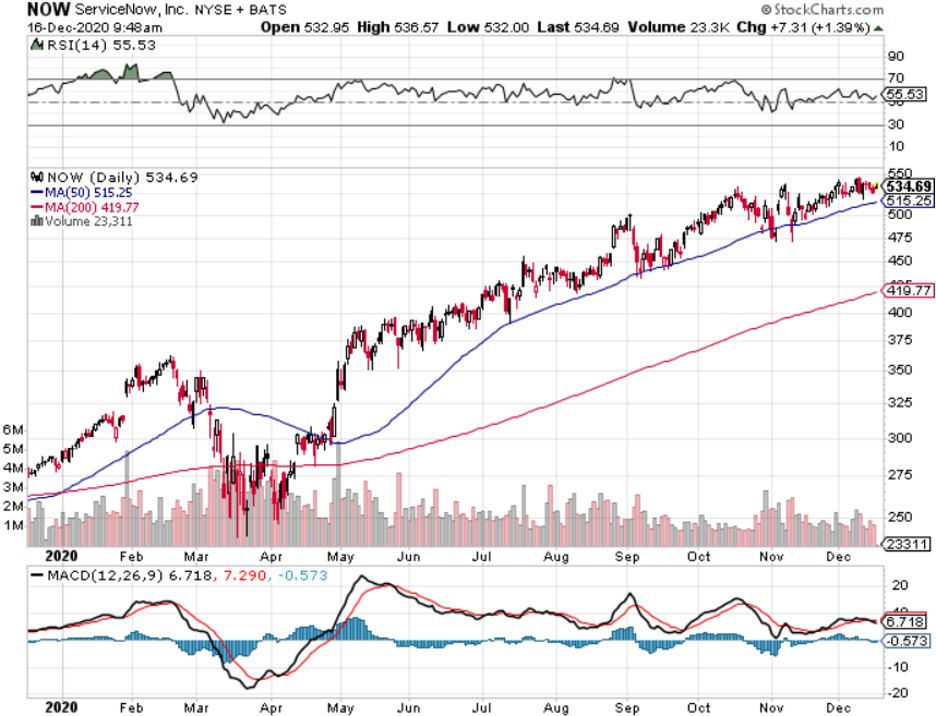
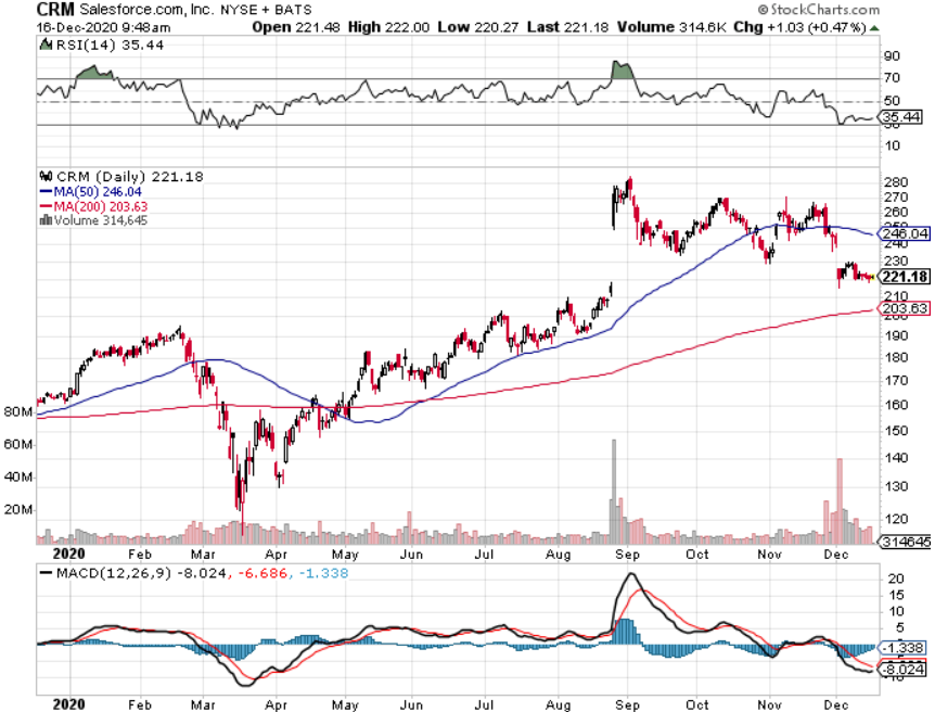
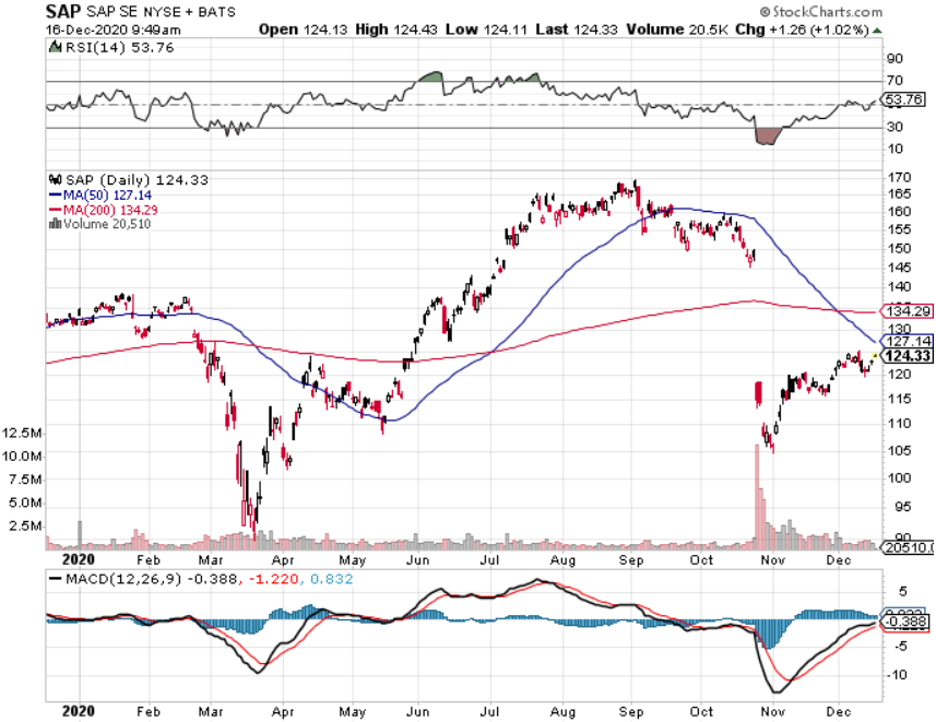
Global Market Comments
October 14, 2020
Fiat Lux
Featured Trade:
(GOOGLE’S MAJOR BREAKTHROUGH IN QUANTUM COMPUTING),
(GOOGL), (IBM)

Global Market Comments
August 20, 2020
Fiat Lux
Featured Trade:
STORAGE WARS),
(MSFT), (IBM), (CSCO), (SWCH),

Global Market Comments
June 30, 2020
Fiat Lux
Featured Trade:
(STORAGE WARS),
(MSFT), (IBM), (CSCO), (SWCH),
(THE MAD HEDGE JUNE 4 TRADERS & INVESTORS SUMMIT RECORDING IS UP),

Legal Disclaimer
There is a very high degree of risk involved in trading. Past results are not indicative of future returns. MadHedgeFundTrader.com and all individuals affiliated with this site assume no responsibilities for your trading and investment results. The indicators, strategies, columns, articles and all other features are for educational purposes only and should not be construed as investment advice. Information for futures trading observations are obtained from sources believed to be reliable, but we do not warrant its completeness or accuracy, or warrant any results from the use of the information. Your use of the trading observations is entirely at your own risk and it is your sole responsibility to evaluate the accuracy, completeness and usefulness of the information. You must assess the risk of any trade with your broker and make your own independent decisions regarding any securities mentioned herein. Affiliates of MadHedgeFundTrader.com may have a position or effect transactions in the securities described herein (or options thereon) and/or otherwise employ trading strategies that may be consistent or inconsistent with the provided strategies.
This site uses cookies. By continuing to browse the site, you are agreeing to our use of cookies.
OKLearn moreWe may request cookies to be set on your device. We use cookies to let us know when you visit our websites, how you interact with us, to enrich your user experience, and to customize your relationship with our website.
Click on the different category headings to find out more. You can also change some of your preferences. Note that blocking some types of cookies may impact your experience on our websites and the services we are able to offer.
These cookies are strictly necessary to provide you with services available through our website and to use some of its features.
Because these cookies are strictly necessary to deliver the website, refuseing them will have impact how our site functions. You always can block or delete cookies by changing your browser settings and force blocking all cookies on this website. But this will always prompt you to accept/refuse cookies when revisiting our site.
We fully respect if you want to refuse cookies but to avoid asking you again and again kindly allow us to store a cookie for that. You are free to opt out any time or opt in for other cookies to get a better experience. If you refuse cookies we will remove all set cookies in our domain.
We provide you with a list of stored cookies on your computer in our domain so you can check what we stored. Due to security reasons we are not able to show or modify cookies from other domains. You can check these in your browser security settings.
These cookies collect information that is used either in aggregate form to help us understand how our website is being used or how effective our marketing campaigns are, or to help us customize our website and application for you in order to enhance your experience.
If you do not want that we track your visist to our site you can disable tracking in your browser here:
We also use different external services like Google Webfonts, Google Maps, and external Video providers. Since these providers may collect personal data like your IP address we allow you to block them here. Please be aware that this might heavily reduce the functionality and appearance of our site. Changes will take effect once you reload the page.
Google Webfont Settings:
Google Map Settings:
Vimeo and Youtube video embeds:
